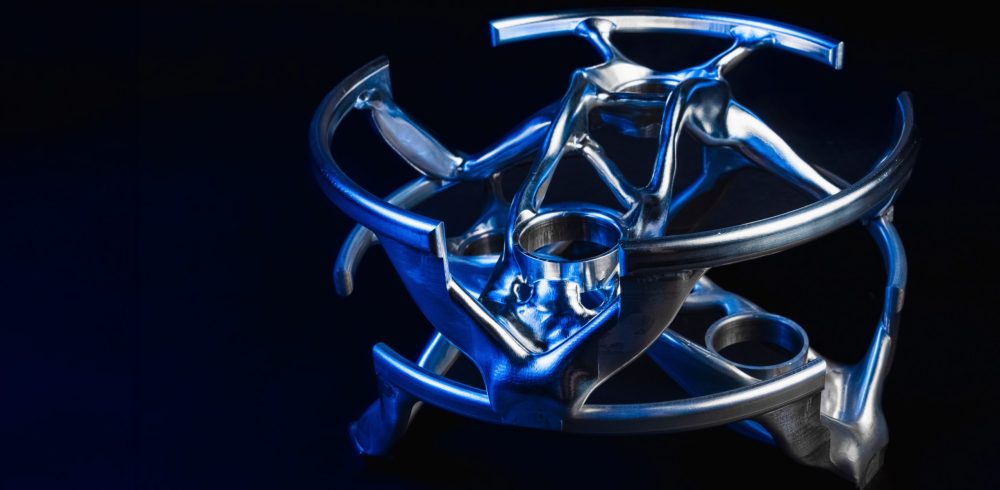NASA has shown how generative design and advanced digital manufacturing from Protolabs can cut its development time from design to finished product from years to just 36 hours.
The US government organisation is experimenting with artificial intelligence to create CAD designs to meet its strict criteria for space launches.
As part of this process attendees at the PowerSource Global Summit came together to identify the requirements for a generatively designed part to hold a flask that captures samples of volatile gases released when the moon warms up.
The project is for the Artemis mission, which is exploring whether permanent settlements on the moon and Mars may be possible in the future.
The part must carry up to 68 pounds of weight, survive temperatures down to -193oC, be no bigger than a shoebox and be stackable to minimise the space it uses on board, and it needs to cope with different ground conditions such as a sloped surface.
Weight is also crucial with NASA statistics indicating that it costs $1 million for every kilogram that it launches into space.
And finally, to go through the process and deliver the part within the time constraints of the conference it had to be quickly machinable – which ruled out metal 3D printing as a process.
To save weight engineers specified aluminium 6061. It is a precipitation hardened alloy that has an excellent strength to weight ratio and good tolerance to stress.
Using this data AI came up with its best scenario CAD file for CNC machining. From here it moved through tool pathing, which took a total of 19 hours milling and 4 hours of processing.
Says Greg Perz, Protolabs manufacturing engineer manager for CNC machining: “While AI speeds up the process you can’t underestimate the human element to ensure that there were no alarms or errors in the milling process.”
The generative designed part has breaks in the circular design which saved hours of milling time by allowing simpler two axis milling.
Commenting on the project, Matthew Vaerwyck, mechanical engineer at NASA Goodard Space Flight Centre said: “We didn’t know what we were going to make in the end. What they got was between six to ten times improvement in mass, stiffness, and design time.”
To find out more about using generative design and digital manufacturing to reduce your product development time visit Protolabs website at www.protolabs.com/en-gb/
Manufacturing & Engineering Magazine | The Home of Manufacturing Industry News









